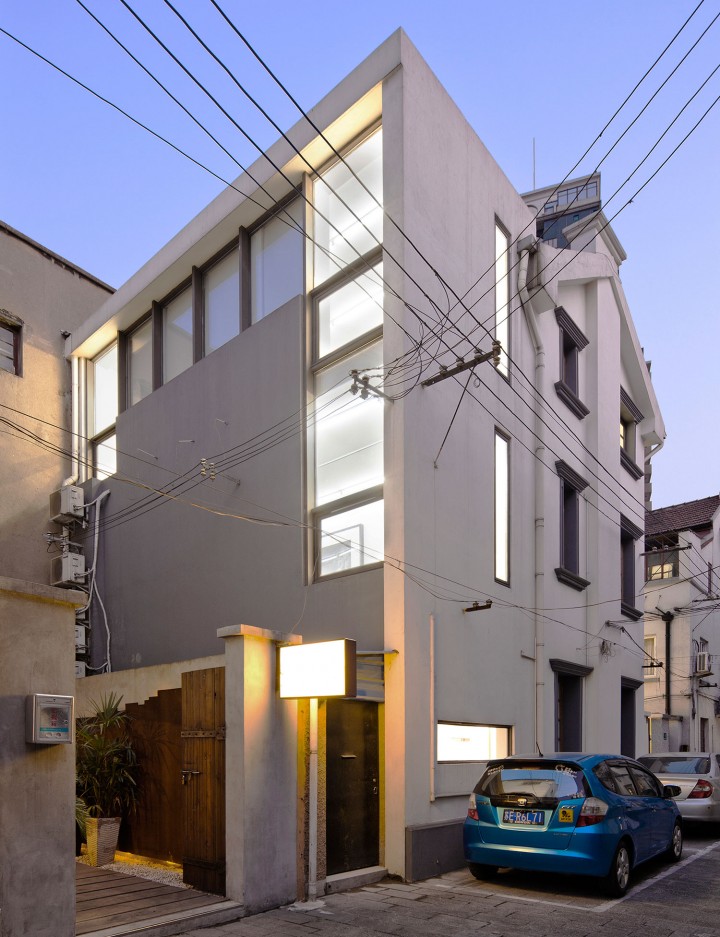Among the most promising art dealers in contemporary China, Leo Xu has gathered together some of the boldest figures in the country’s emerging art scene: Cheng Ran, Li Shurui, Liu Chuang, Cui Jie, Cheng Wei and Guo Hongwei, just to name a few. Xu talks with Flash Art about his early career and future projects, and shares his vision for a strong art community in China.
You opened the gallery in 2011 in Shanghai. How has your program — and your expectations — developed since then?
The reason I opened the gallery was to stimulate artists I admired and had been following for a while. I was interested in helping them throughout their careers, so I quit my job at James Cohan Gallery early in 2011 and opened my studio, both editorial and curatorial. But I found it hard to maintain. Not many people are receptive to editorial content when it comes to acquiring art. We received, on the other hand, many honors and fellowships. Through this first step I gave my artists a platform, a headquarters in which to experiment. It didn’t have to be big. I ran this space and simultaneously worked on placing the shows somewhere else. I just wanted the gallery to be accessible.
Accessible in what sense?
Geographically, not curatorially. I am focused on linking the program to theater, music, schools and even to public spaces such as shopping malls. Integrating art with peoples’ lives is what engages me the most.
When you were studying fine art, was the thought of opening a commercial gallery on your radar?
I never had such thoughts. My ex bosses from Chambers Fine Art and James Cohan always had this prophecy about me, that I would open my own gallery. I hesitated, as I always thought being a dealer involved an incredible amount of work. When I curated a couple of exhibitions at James Cohan, I felt very connected to some of the artists I selected. Their work was immediate and reflected our times. It also spoke to the media and reacted to it. But I also thought they were underappreciated, so I felt they needed someone to help them channel all those important issues.
Did your work experience at private galleries fortify your relationship with current collectors who follow the gallery?
I think it helped, but also it became difficult, because my experience with James Cohan was wonderful and I learned a lot, but that was nevertheless an old-fashioned way of art dealing that does not really apply to new Chinese standards. I had a hard time with collectors when I used similar techniques I learned at the previous gallery. It’s too Westernized. I think I attracted collectors who love the vision of our program, who enjoy working with us. I believe I am a peculiar art dealer. Some people do not really work with me because they find me hard to work with.
Many young galleries are now inclined to work with historical artists and their estates. Are you also considering this?
I think I’m not interested in many formulas or strategies. Digging out estates — that’s not my mission. Our gallery wants to challenge each of the artists we work with by taking them out of their comfort zone. I think mainly we focus on transplanting artists’ ideas onto a bigger picture. That is why we collaborate a lot with urban planners, architects, we advise them and come up with projects together. We are selling ideas rather than sculptures or objects. We are more like an agency than a gallery.
Have any of your artists ever failed with such ambitious projects? Some of them are rather young.
You know, I have a wall in the gallery called “The wall of failure.” One of my artists started a mural and then he couldn’t finish it. My assistant was about to remove it, and I asked her to keep it. It’s beautiful; it will remind us of a few failures throughout the gallery’s life.
The use of archival material as a primary subject is very common within the young generation of artists in China. Why this obsession?
I think they are obsessed with identity, not archival material. They use archives to express their confusion with identity. I think artists need partners to develop, to challenge and provoke them, not to babysit them. They need people to make them understand what is performative, not only as an expression, but also as a final outcome of each of their works.



